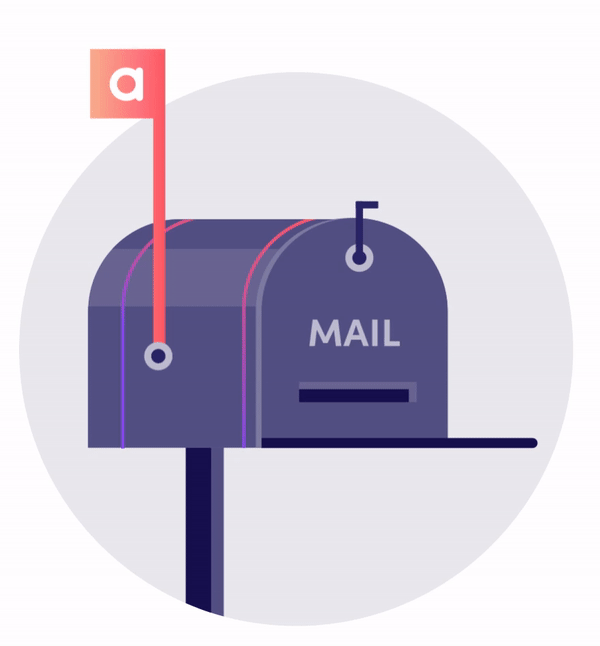Three Strategies for Scaling Your 1:1 Communication
If only it were possible to reach a wider audience and still be able to personalise in depth … Many a CMO and marketer are dreaming about exploring and utilising their customer data to the fullest and engage as many customers as possible with relevant content. In this article, Chief Experience Officer of Agillic, Rasmus Houlind, offers three overall strategies for scaling the reach of highly personalised 1:1 communication.
Perhaps you recognise the expectation for marketing to create a sky-rocketing effect from a well-wrought campaign – and after a short interval do it all over again. However, for many reasons, this is not an easy repeatable. First of all, you are wearing out the customer database when you keep pushing one size fits all-campaigns and secondly, you are wearing out your marketers, if you expect them to create and orchestrate sky-rocketing and profit-generating-like-never-before campaigns in an unbroken chain. Fortunately, there are a couple of measures you can take to make the most of your content and scale your communication.
Three strategies for scaling your 1:1 communication
- Rule-based omnichannel marketing automation helps tackle the workload and optimise your resources
- AI-driven customer journeys can leverage inherent patterns in your customer database and match the message, product and recipient
- Mirror your most profitable customers into paid media and look for twins and expose them for tailored messages
Rule-based omnichannel marketing automation can take you far
Today, many companies have marketing automation as part of their toolbox. And if your organisation isn’t ready for AI-powered marketing, setting up rules to define segments manually and automating the execution part still holds a lot of opportunities to reach and engage customers with relevant communication. Due to the automated execution, you will more easily be able to manage the workload of handling many segments daily. Also, email may be the favourite, but there is more to marketing automation than that: You also have the option to scale your communication by deploying marketing automation across channels and include Text messages, App Push, Print and Web.
I believe that companies can get far with hand-held and rule-based marketing, but with the increasing amount of data – and perhaps spurred by your ambitions to utilise data – there is a limit as the complexity of these rules can be overwhelming and eventually will surpass human capability. This is where AI enters.
Transition from campaign burst to steady pulse with the aid of AI
When you scale your 1:1 communication by using AI, your customer journeys change from being rule-based flows to being driven by automated insights from the data streams your customers’ interactions continually generate. The AI helps you derive insights from data on a very granular level and can suggest timing and segments based on subtle patterns you will never discover without the aid of technology.
This is an opportunity to abandon the big campaign burst and yet scale your reach while communicating 1:1. You can have target groups containing fewer individuals, and you can be more accurate in your communication and offers. AI allows you to deep dive in data and use it to increase relevance. By sifting through the data the customers produce, the AI can help determine relevant product offers, when it is time for individual customers to replenish their purchase, e.g. to buy new running shoes, a new bottle of shampoo or renew their subscription of a given service.
Through an automated steady pulse, the mini-campaigns reach relevant audiences with personalised content at the optimal time on an individual level. Over time the accumulated effect of the mini-campaigns amounts to as much and perhaps even more top-line revenue than the traditional campaign burst – but without the downside of wearing out the customer database. This relevance creates both sales and long-lasting brand value.
Paid media: Focus your money and resources where they are most effective
The third lever to activate is to analyse your first-party data and rank customers according to profitability and leverage these insights into paid media – for optimising media spend on existing customers and carefully selecting which new customers to prioritise.
For your existing customers, you’ll, e.g. have segments A, B, C, D, E based on bottom-line contribution. Segment A is running smoothly, so there is no need to spend money on paid media to prompt them to purchase further as owned media is doing the job. Segments D and E are low-spenders (perhaps data reveals they primarily shop during Christmas season). Leave them alone and focus on the middle segments B and C and investigate their spending potential. This will most likely be the segments you can affect the most and will thus be better prioritisation of your budget. The same – or more – for less.
The impact of sending relevant and personalised communication, in the shape of emails, text messages, or app push, is beyond discussion a very effective communication with a high conversion rate. However, the volume is still relative and within the confinement of owned media or your permission database. Once you have successfully utilised your first-party data with, e.g. cross-selling and replenishment offers in owned media, you have the option to mirror the target groups in paid media and find twins to your profitable A, B and C segments. This is a highly effective way to target new customers and optimise the ROI of your media spend.
Curious to know more?
Agillic has developed its own Marketing Automation and CRM software with pre-defined AI-driven customer journeys that are ready to deploy and have a short time to value. Feel free to contact Rasmus Houlind at rh@agillic.com, if you would like to know more about how Agillic can help you deploy AI-powered marketing automation to scale your 1:1 communication.



